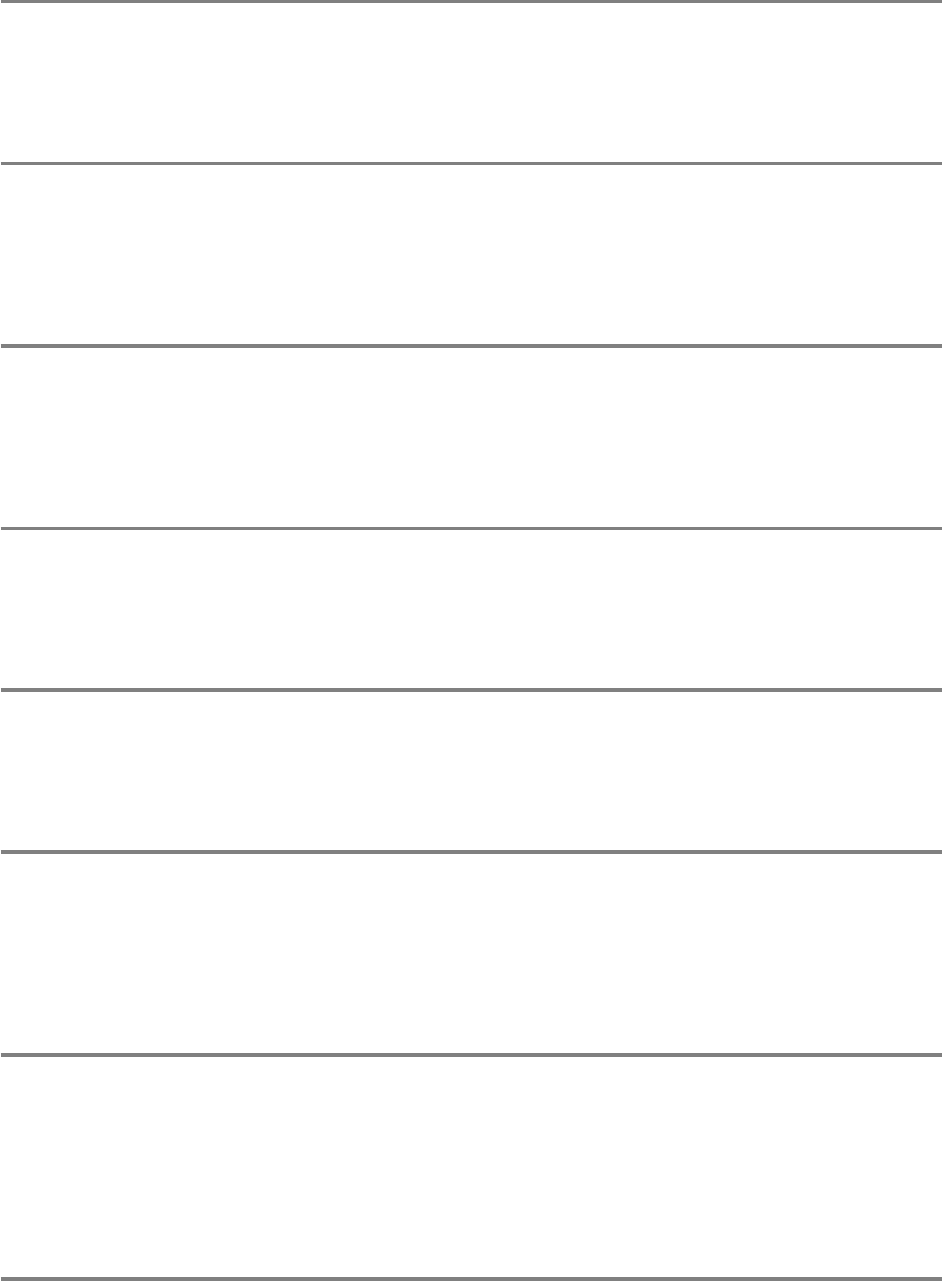
Search condition
The specification for identifying rows that are the subject of the operation in data manipulation SQL. For example, a
search condition is specified in the WHERE clause of an SQL SELECT statement.
Select column list
SQL statement query specifications and single row SELECT statements specify columns to be targeted for data
reference from the table specified in the table expression. The columns to be targeted are specified in a select column
list. Column names, set functions, and operation expressions can be specified in a select column list.
Select target list
A select target list is specified in a single row SELECT statement to fetch values to an application program from the
columns specified in the select column list. The select target list follows INTO, and specifies host variables in a
sequence corresponding to the sequence of columns.
Sequence
Function used to generate values that are unique in the system. Specifying a sequence in the SQL statement enables
the generated value to be used. Its main use is to create the primary key values of a table.
Session
The period from the time an application program first accesses SymfoWARE/RDB to the time it terminates. The period
from the time a connection is made until disconnection occurs constitutes one session.
Set function
In SQL, functions known as set functions can be used in data manipulation. Five set functions are available: COUNT,
AVG, MAX, MIN, and SUM. The COUNT function calculates the row count for tables or columns. The AVG function
calculates the average value for a column. The MAX function calculates the maximum value for a column. The MIN
function calculates the minimum value for a column. The SUM function calculates the total for a column.
Set operation
In SQL, operations can be performed between groups of rows contained in two tables using a set operation. Three
types of set operation are available: union, except, and intersect. Union refers to fetching all rows of both tables.
Except refers to fetching rows contained in one table but not in the other. Intersect refers to fetching rows that contain
the same value in both tables. Generally, if the result of a set operation is duplicate rows, the data is fetched as one
row. However, if necessary, duplicate rows can be fetched as the result without any modification.
215


















